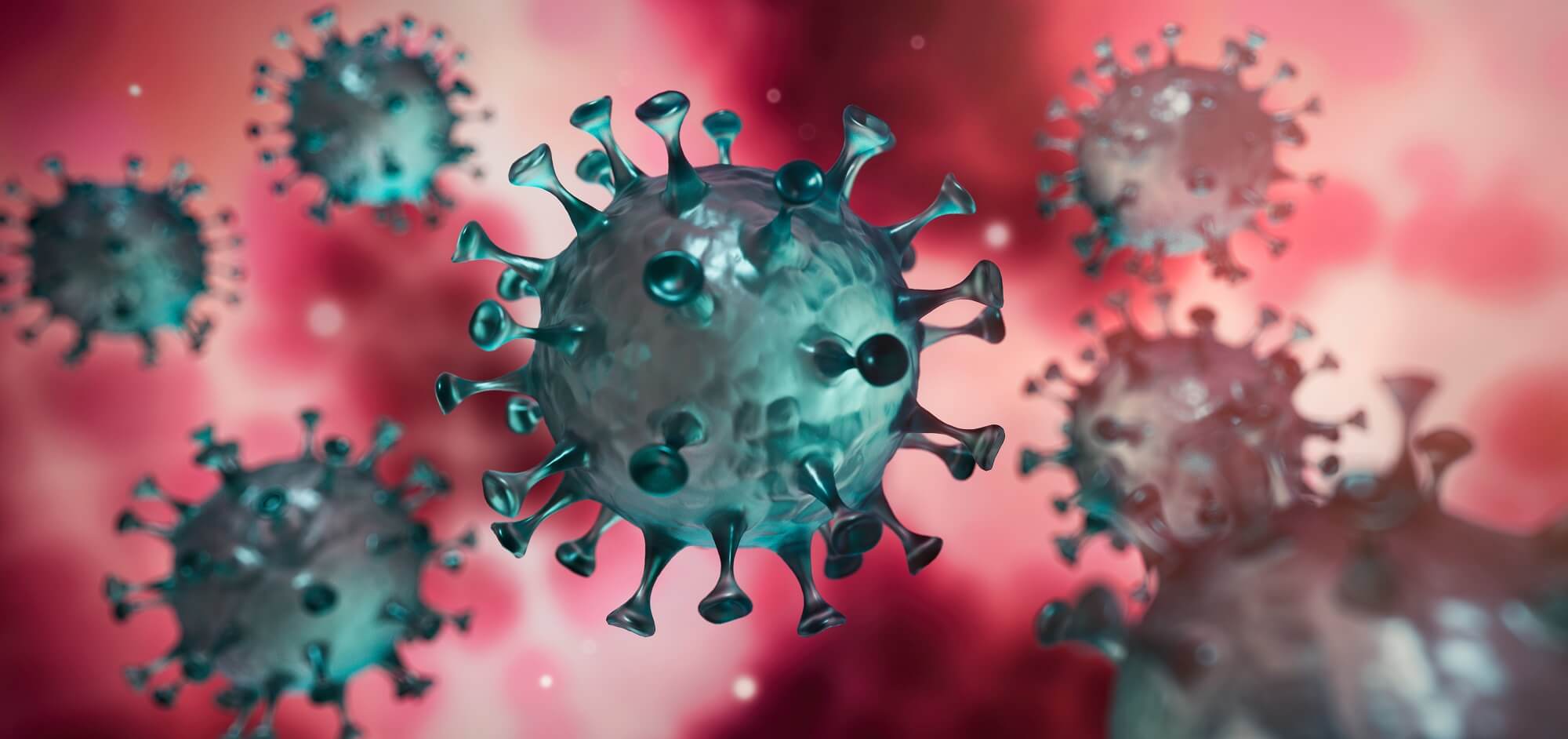To access the Herald’s local coronavirus/COVID-19 coverage, click here.
COURT HOUSE – Herald readers expressed confusion about how they should interpret the daily reports from the county Health Department, concerning non-resident COVID-19 cases. Below are our responses to their questions.
How many non-residents have had positive test results?
The July 14 county report showed 129 active non-resident cases. That means that 129 individuals, of all the non-residents who tested positive, are still active and in the quarantine period.
It is not a count of all the non-resident cases. The July 15 county report showed only 108 active cases, down 21 from the prior day. Each day, new confirmed cases are added to the active case column and individuals who were removed from the quarantine are subtracted.
How many non-resident cases has the county had in total?
First, it is important to know that the universe of individuals who have, or have had, COVID-19 is never captured by any of the statistics. Many cases of the disease have never been confirmed by a test. The count we see is always an undercount of the presence of the virus.
That said, the county Health Department July 14 confirmed that the cumulative total of known non-resident cases to that date was 207. Of the 207, 129 were active (one off from the daily report for that day that listed 128) and 78 were removed from quarantine. Those non-resident individuals who were removed from quarantine are not listed on the daily county report.
Unless the county begins reporting off quarantine counts for non-resident cases, a reader of the daily report can only tell the remaining active cases among non-residents.
Do all the non-resident active cases quarantine inside the county?
Not necessarily.
When an individual from outside the county tests positive, the person’s home state and county are notified. That individual is counted at that home location and is not added into the count for Cape May County.
When the July 14 county report showed 851 total cases, that total included only county residents who tested positive since the first case appeared here, in March. The out-of-county individuals are not in that number. If they were, the number would be increased by that 207 known non-resident cases so far.
Non-resident individuals may be transient visitors to the county, or property owners here, enjoying a vacation home. When told to quarantine, the individual may or may not do so in the county.
Is the quarantine mandatory?
Yes and no. A spokesman for the county Health Department said that they expect people to comply with an imposed quarantine. The spokesman said, “There is no practicable enforcement going on.”
Just as with the travel advisory, the process is one of moral appeals and voluntary compliance. There is one major difference.
With the travel advisory, the incoming visitor to the state is coming from a hotspot, but may be free of the virus. The voluntary quarantine is a precaution in case the individual is infected and will develop the capability to spread the disease.
With the quarantine of a COVID-19 positive case, whether of a resident or a non-resident, the individual is known to be infected and capable of spreading the virus.
Whatever language is used, there is no enforcement of an order to quarantine. To have enforcement would require some practical enforcement mechanism and some penalty for noncompliance, both of which run up against civil liberty issues.
The confidentiality of medical records also means that community members have no knowledge of a “required” quarantine of any specific individual.
Could the state enforce quarantine if it became necessary?
Probably. The statute is on the books, but has not been subject to a substantial court challenge.
The law in question is New Jersey’s Emergency Health Powers Act (EHPA). The act is one of the sources of legal authority for Gov. Phil Murphy’s declaration of a public health emergency.
Crafted on a model from the Centers for Disease Control and Prevention (CDC), the act became law, in 2005, as part of the reaction to bioterrorism fears following 9/11.
So far, the COVID-19 crisis produced “stay at home” orders, and quarantines that, while labeled “mandatory,” operate by anticipating cooperation. Enforceable mandatory isolation and quarantine orders, “lockdowns,” have been used sparingly. One instance was the Jan. 31 case in which the CDC ordered the forced 14-day quarantine of 195 Americans evacuated from Wuhan, China.
Another example from pre-COVID days was the forced quarantine at Newark International Airport, of Kari Wilcox, a nurse from Maine, who returned after working with Ebola patients, in Africa. The American Civil Liberties Union (ACLU) helped her sue New Jersey, and her quarantine order was eventually rejected by the courts, but by then she had tested negative and the case was never a real court challenge to the state’s authority.
The CDC rewrote its quarantine guidelines, in 2017, but these new guidelines have never been tested in a court case.
Lawrence Gostin, an authority on public health law at Georgetown University, recently said that the Supreme Court has never dealt with an infectious disease quarantine case.
Concerning public health laws, the various states, in all their usual diversity, are much more at the center of the action than the federal government.
Murphy seems to feel that New Jersey can put teeth behind requests for compliance if need be. When New York Gov. Andrew Cuomo recently threatened fines for individuals who refused to provide specific information upon entering the state from known hotspots, Murphy kept his distance.
New Jersey is developing a phone app for collecting information from visitors and residents arriving from travel advisory hotspots, but Murphy says he does not anticipate using fines to coerce compliance. The governor added that an individual who “flaunts this deliberately” can face coercion. Pointing to Health Commissioner Judith Persichilli, Murphy said, “Judy has the power to go directly at him and sanction him.”
Why are the non-resident numbers rising so fast?
County health officials repeatedly reported that the rising case count among non-resident visitors to the county is demographically centered on high school and college-age young people. The fact that the county can report these infections in such numbers is an indication that the contact tracing system is working.
One factor driving the rise in cases is the significant increase in the population of the county this time of year. Even in this year of the pandemic, the population levels in the county are at significant multiples of the resident population.
Perhaps the bigger factor contributing to the rise in cases is the tendency among many of the young visitors to disregard protocols that require social distancing, facial coverings, and frequent hand washing.
To contact Vince Conti, email vconti@cmcherald.com.
Stone Harbor – Bob Ross thank you for all your years of volunteer service to the community of Stone Harbor. A Lifelong resident And property owner. 10 years on school board, 6 years on zoning board they can't…








